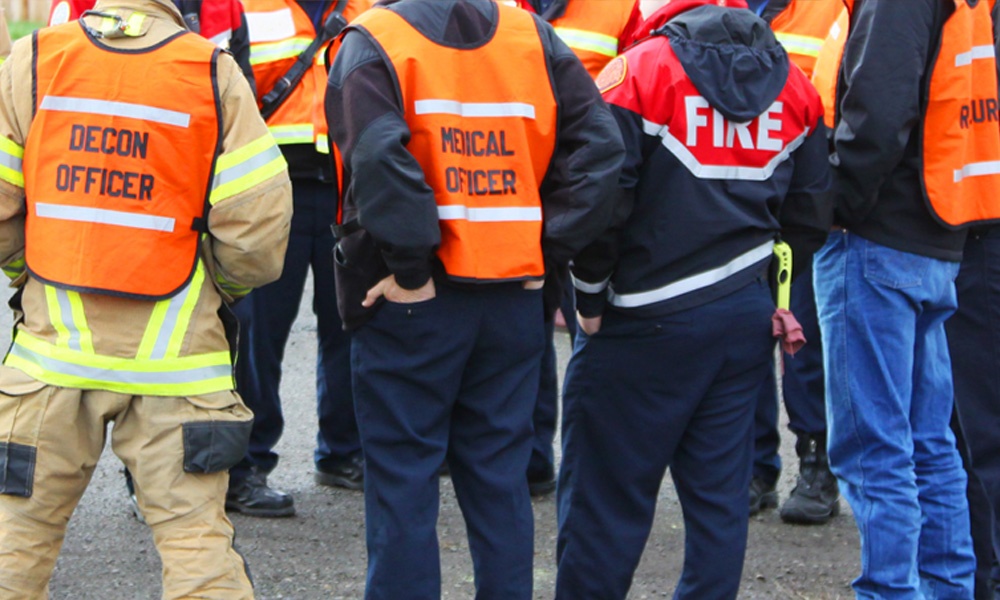The ability to distinguish between routine and crisis emergencies is crucial for effective emergency management and response. While routine emergencies tend to follow a predictable pattern, allowing organizations to rely on established protocols and procedures, crisis emergencies are unpredictable and demand immediate, adaptive responses.
Understanding these differences not only helps in crafting appropriate strategies but also ensures that teams are well-prepared to handle situations of varying severity.
What is a routine emergency?
Routine does not mean easy. This type of incident can still be challenging but is often predictable. A routine emergency is one that an organization is able to prepare for, and has likely trained around and exercised. Crisis communications, business continuity, and disaster recovery plans are filled with strategies to manage routine emergencies.
What is a crisis emergency?
Crisis emergencies are a much different situation. The novelty around these incidents makes them much more difficult to respond to and deal with. Generally, crisis emergencies have the following characteristics:
- The threat has never been encountered before, so there are no plans in place to manage it.
- It may be a familiar event, however, it is occurring at unprecedented speed, therefore developing an appropriate response is challenging.
- There may be a confluence of forces, which, while not new individually, in combination pose unique challenges to the response.
In order to successfully respond to a crisis emergency, companies must first identify the elements of the unique challenge, and alter response methods to be suitable to cope with the unanticipated aspects of the emergency.
Lastly, it is critical that organizations are willing and able to respond creatively, and are extremely adaptable because the impact could change on a whim.
To learn more about how organizations can respond to crisis emergencies, download the crisis management template.

